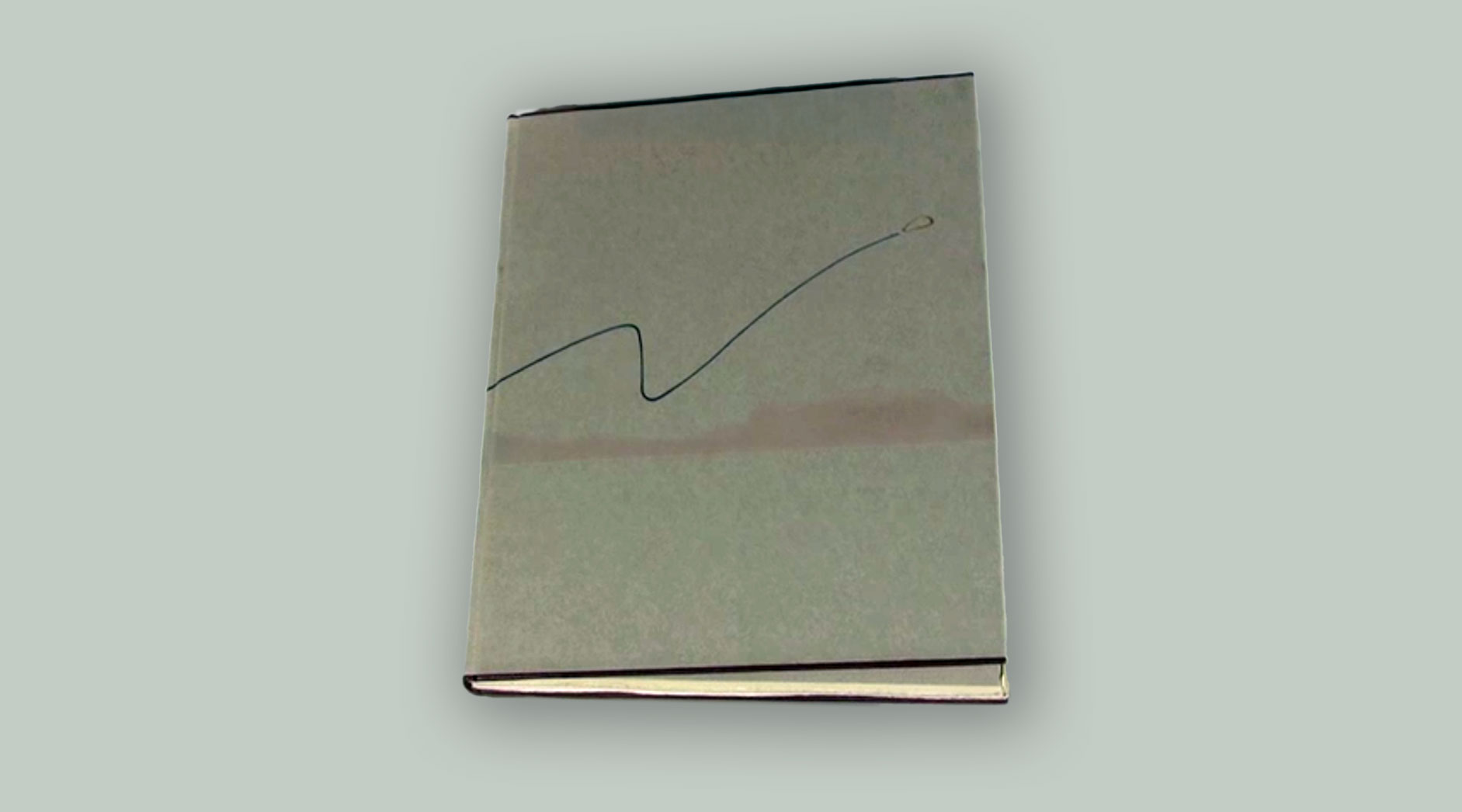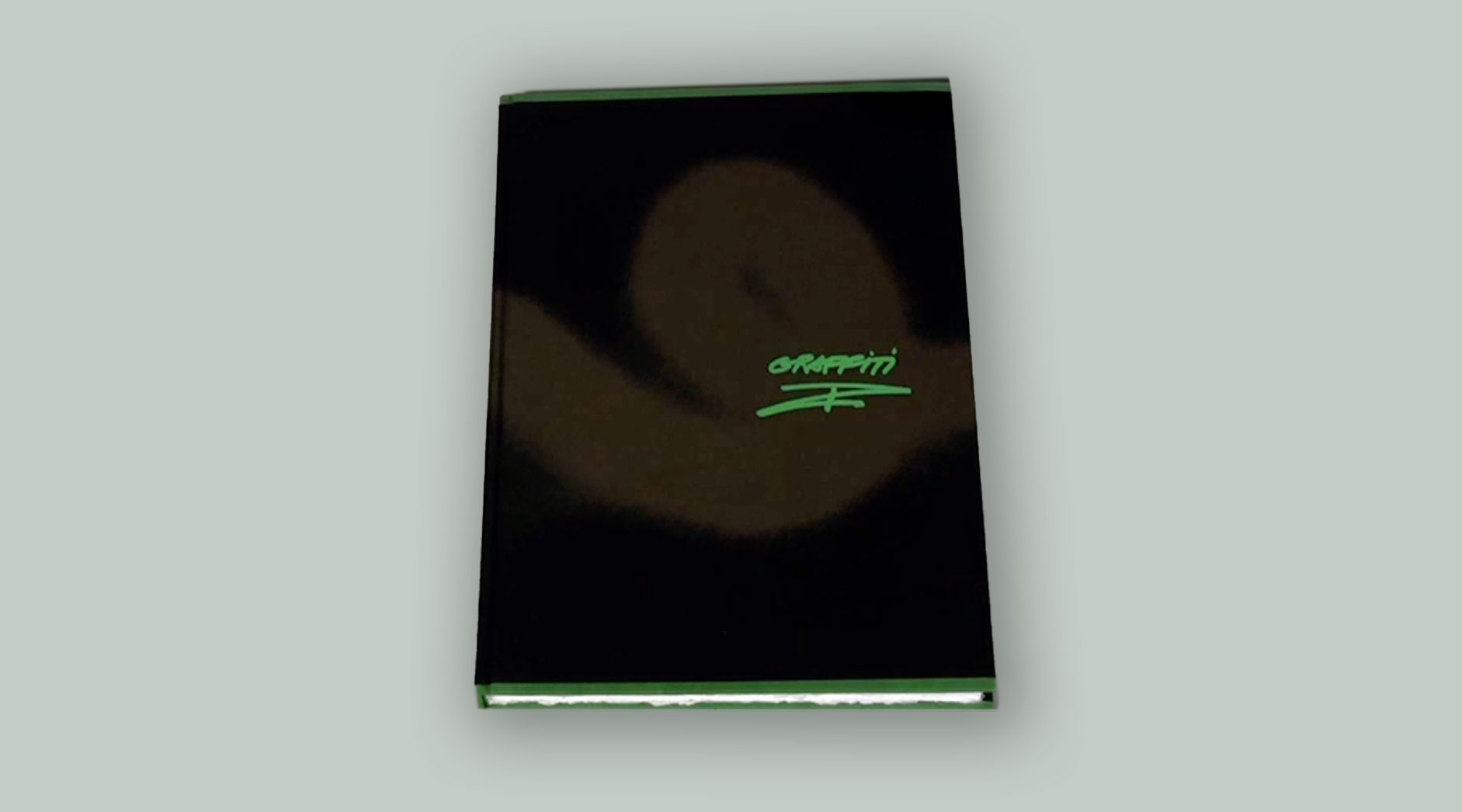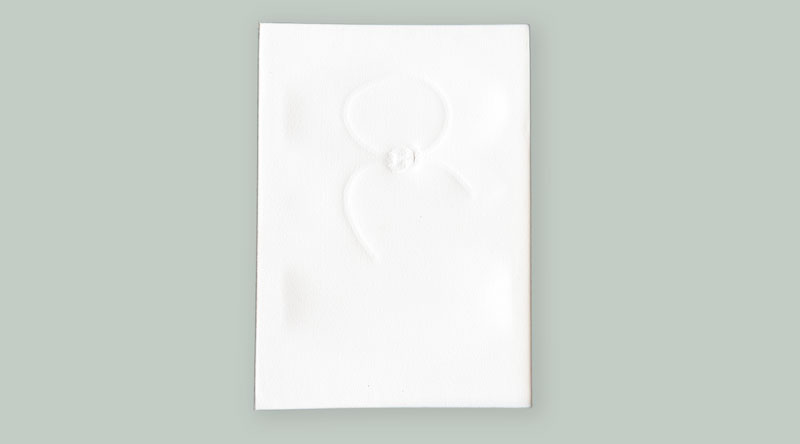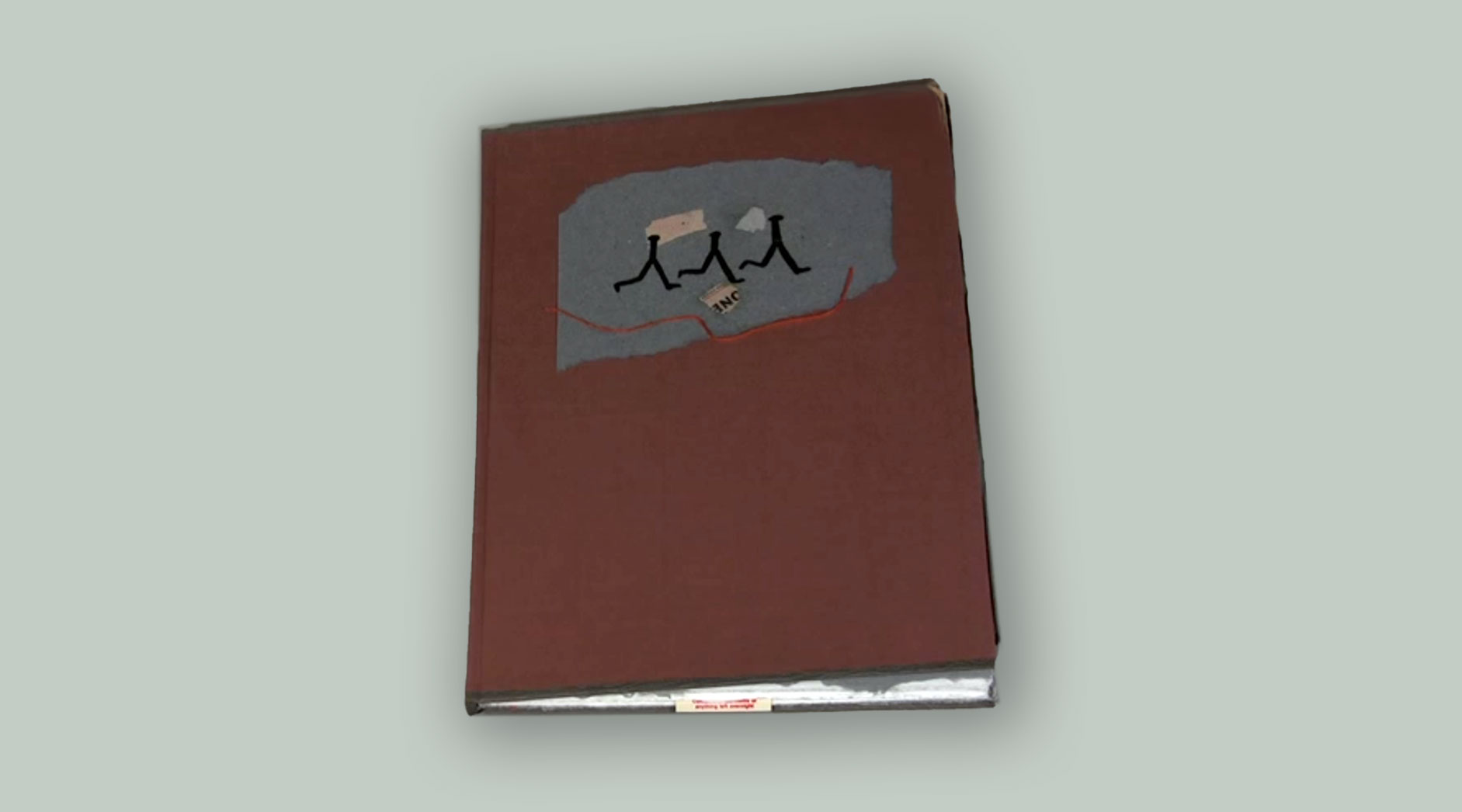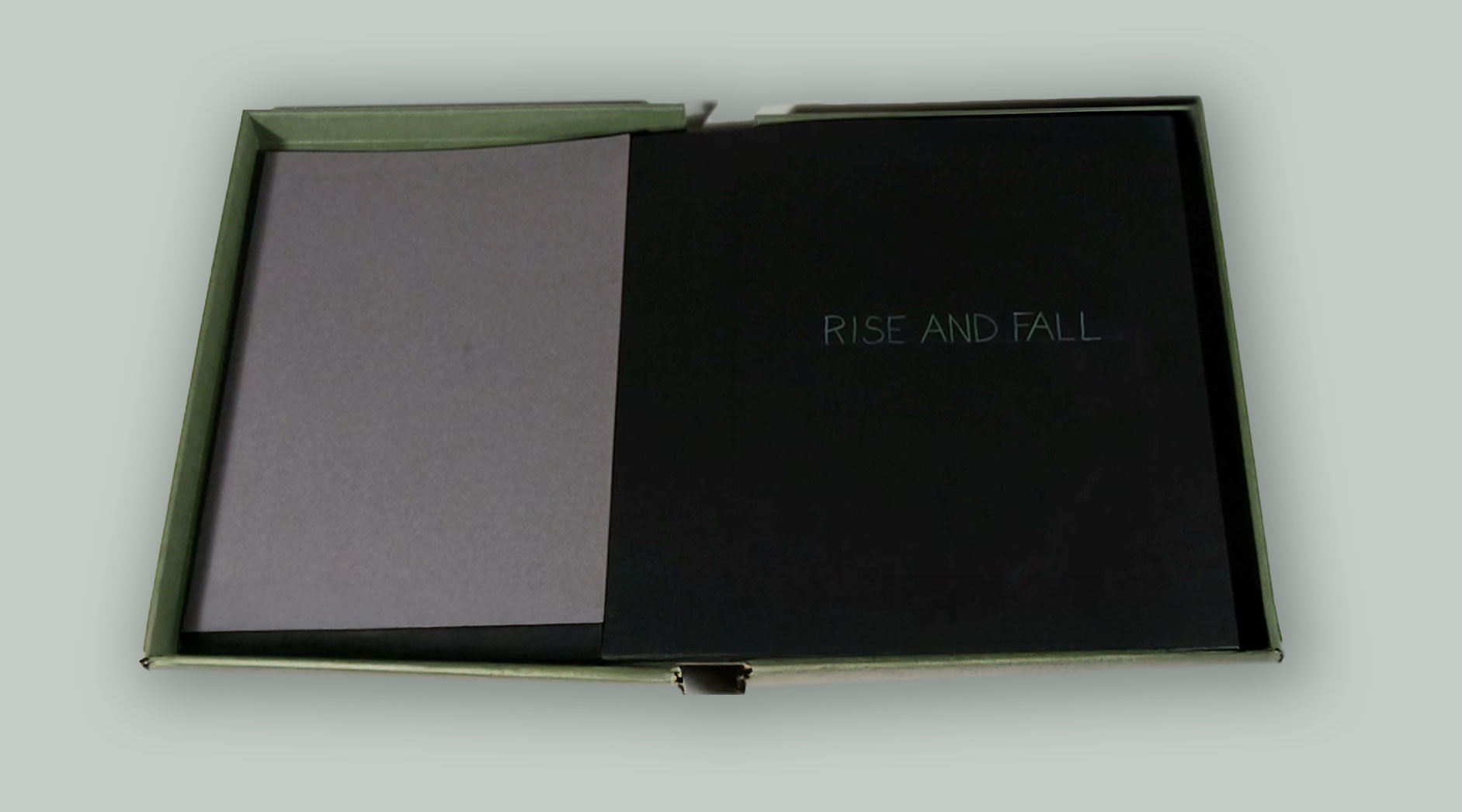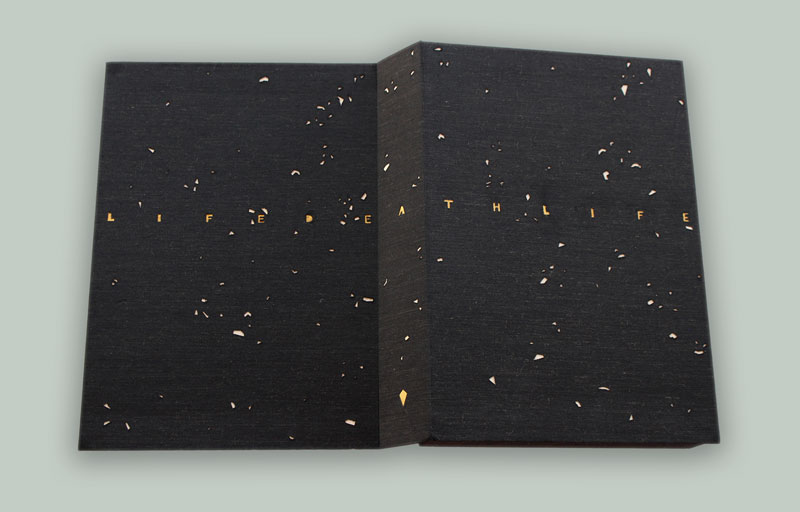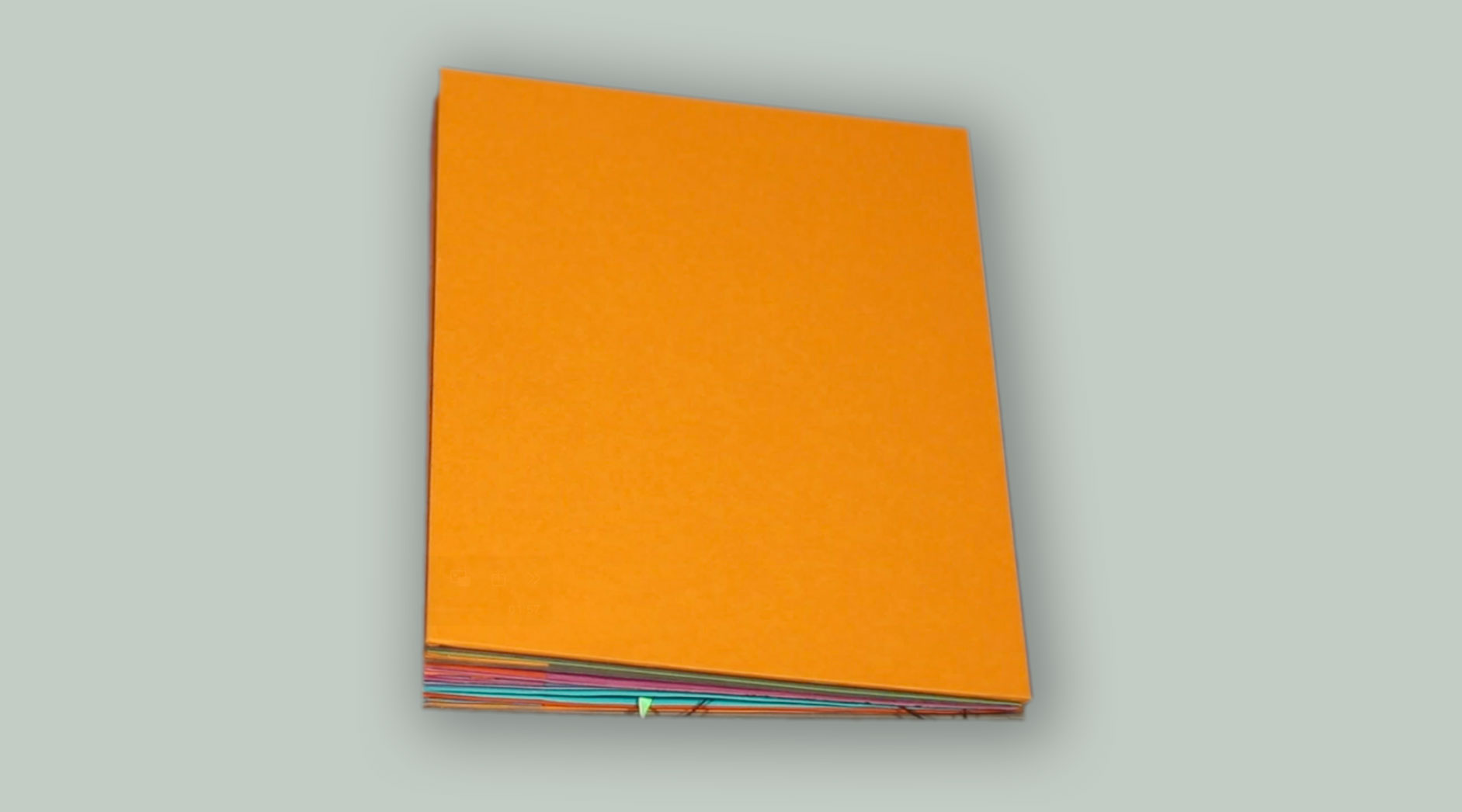The Process
Why Books?
I became interested in making books in a very roundabout way. I was an art major in college, and I was mainly interested in painting. Eventually printmaking became my focus, and at that point I decided to “round out” my education with a bookmaking course. I remember entering the typography room on the first day of class with anxiety. This was always a place I had seen as foreign, a place for “others”. What was I getting into? The studio was so clean you could eat off the floor, and I had never had much interest in setting type, in graphic design, or in making books. What was I doing there?
I was in for a surprise. Bookmaking opened up a new world for me. We studied the form of the book by making one-of-a-kind books with no words, pieces that dealt with the “sequential picture plane”, a term my professor Walter Hamady had coined.
Two new elements entered my visual vocabulary, the third dimension and the time element . The third dimension, or sculpture, had always been a foreign world to me, a world represented by “big”, “technical” and “noisy”. Now I could be sculptural with paper through the use of popout structures. The time element, present by the simple act of turning a page, was akin to film, only slower and controlled by the viewer. I had experimented with filmmaking in college, and it had intrigued me but I missed the tactile sensation of working with my hands. Making these strange books with no words satisfied my desires.
Typography and the printed word were not what drew me to books. What intrigued me was the moving picture plane. I became interested in fourteenth century Japanese scrolls. As I studied them, they revealed themselves as a moving narrative. As the scroll was unrolled different events were shown, telling a story. The artwork was not arbitrarily separated from the calligraphy and confined to a rectangle, as in western illustrated books. Rather, word and image were seamlessly integrated. To me, it was more like the flow of time itself.
At that time I was I was experimenting with making a single visual image that would be spread across all of the pages of a book. In other words, I was working on the idea of making a painting, only in the book format. On a sheet of paper about twelve inches high and fifty inches long, I drew a calligraphic line which rises, falls and turns in a rhythm. From there, I developed an image integrating this line and then cut the paper in to pages, looking for a result that was flowing and continuous, much like the scrolls I had studied.
Although my earliest books contained no words, I soon introduced poetry into my books. My inspiration was fired by collaborating with poets, working off of another person’s ideas. In these books I also incorporate many media, depending on the content of the poems. As I am working on these books, which is usually over a two to five year period, new ideas come up and are integrated as I go along. I want the books to be living, breathing entities. The best way I can achieve this is to respond to the book as it is evolving, letting each new development have an influence on the next step. Some of my ideas come at the end of the production process when the book has already acquired a certain character. At this point the book begins to speak for itself. As a result, the final book has many layers of visual ideas supporting the text, most of which do not reveal themselves to the reader on the first pass. When I make books in this format, I want the reader to be in a continual process of discovery, as I am when making the book.
